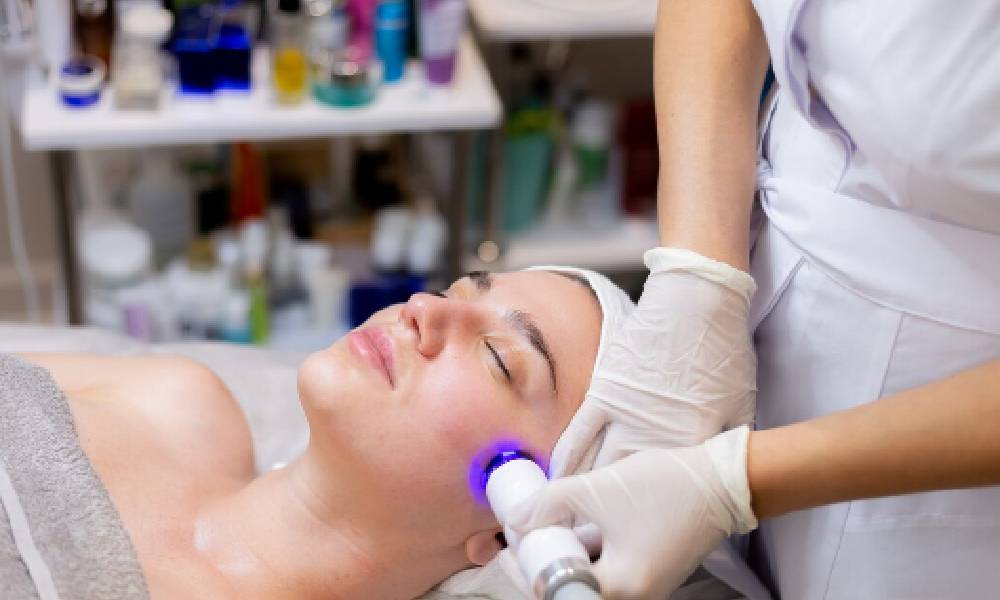When it comes to skincare, light isn’t just for selfies anymore. Light-based treatments—once reserved for dermatology clinics—are now transforming how we approach anti-aging from the comfort of our homes. Whether it’s LED therapy panels glowing in red or advanced lasers targeting deep layers of skin, these technologies are shifting the way we think about wrinkle reduction, collagen production, and skin rejuvenation.
So, how exactly do these treatments work—and which ones are worth your attention? Let’s break down how light-based devices are raising the bar on non-invasive skincare.
Table of Contents
The Science of Light in Skincare
At first glance, using light to improve your skin might sound like sci-fi. But the science is well-established. Different wavelengths of light interact with the skin in unique ways—some energize skin cells, others stimulate collagen, and some help reduce inflammation or kill acne-causing bacteria.
The two most common types of light-based skincare technologies are:
- LED (Light Emitting Diode) therapy
- Laser treatments (including non-fractional diode lasers)
Each has its own strengths, and both are gaining traction in the anti-aging world for one major reason: they deliver results without injections, downtime, or surgery.
LED Therapy: Gentle but Powerful
Red LED light, in particular, is known for its anti-aging benefits. It penetrates the skin at a shallow level and boosts circulation, reduces inflammation, and supports cellular repair.
When used consistently, red LED therapy can help:
- Improve skin texture and tone
- Minimize the appearance of fine lines
- Calm redness and irritation
- Support healing post-procedure
LED masks and handheld devices have become popular in recent years, especially for those seeking gentle, no-downtime treatments. While the effects are generally mild compared to laser therapies, LED can be an effective part of a long-term skincare strategy.
Non-Fractional Lasers: A Deeper Approach to Collagen
For more dramatic improvements—especially when targeting wrinkles and collagen loss—lasers offer a stronger, more targeted option. Traditional laser resurfacing can be effective but often comes with redness, peeling, and recovery time. That’s where non-fractional, non-ablative lasers come in.
Instead of damaging the surface of the skin to stimulate healing, non-fractional lasers work beneath the surface, gently heating the dermis to stimulate natural collagen production. The result? Firmer, smoother skin without pain or downtime.
Some benefits of non-fractional laser treatments include:
- Long-term collagen stimulation
- Reduction in fine lines and wrinkles
- Improvement in skin firmness
- Minimal to no redness or irritation
- Safe for all skin tones
Why Collagen Matters
Collagen is a protein that gives skin its structure and elasticity. But after the age of 25, we start producing less of it every year. That decline accelerates with age and sun exposure—leading to sagging, fine lines, and loss of firmness.
While skincare ingredients like retinol and peptides can support collagen synthesis on the surface, light-based therapies go deeper. By stimulating fibroblasts—the cells responsible for collagen production—lasers and red LED devices help your skin rebuild itself from within.
The Rise of At-Home Devices
What used to require a visit to a dermatologist can now be achieved at home, thanks to advancements in device technology. Brands are bringing professional-grade tools to the consumer market, making it easier (and more affordable) to stay consistent with anti-aging treatments.
One example is NIRA’s at-home collagen laser treatment, which uses a patented, non-fractional diode laser to stimulate collagen production without damaging or irritating the skin. FDA-cleared and clinically proven, this type of technology offers a new level of convenience for those who want visible results with zero downtime.
When paired with a solid skincare routine—including sunscreen, antioxidants, and hydrating serums—light-based tools can enhance your glow and extend the lifespan of your skin’s natural firmness.
What to Consider Before Starting
While at-home devices are generally safe, consistency and technique matter. Here are a few tips to get the most out of your light-based treatments:
- Start with clean, dry skin. Avoid using active ingredients (like acids or retinol) right before your treatment unless the device instructions say it’s safe.
- Follow the manufacturer’s guidelines. Overuse won’t speed up results—and may irritate your skin.
- Be patient. Most devices show visible improvement after 6–12 weeks of consistent use.
- Protect your investment. Always follow up with SPF. Light-based treatments make your skin more sensitive to sun exposure.
Light-Based Skincare: A Bright Future Ahead
In the past, achieving visibly smoother and firmer skin often meant choosing between expensive in-office procedures or products that overpromised and underdelivered. But light-based treatments offer something new: real results powered by real science.
As research continues and technology advances, expect even more innovation in how we treat aging skin at home. Whether you opt for a red LED mask or a clinically-backed laser device, integrating light into your skincare routine might just be the glow-up your skin has been waiting for.

